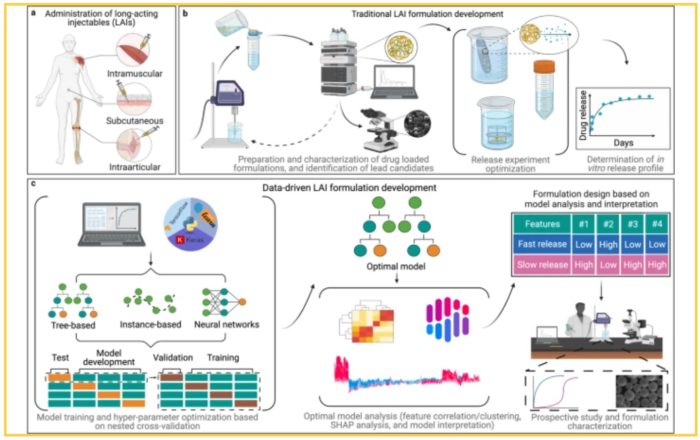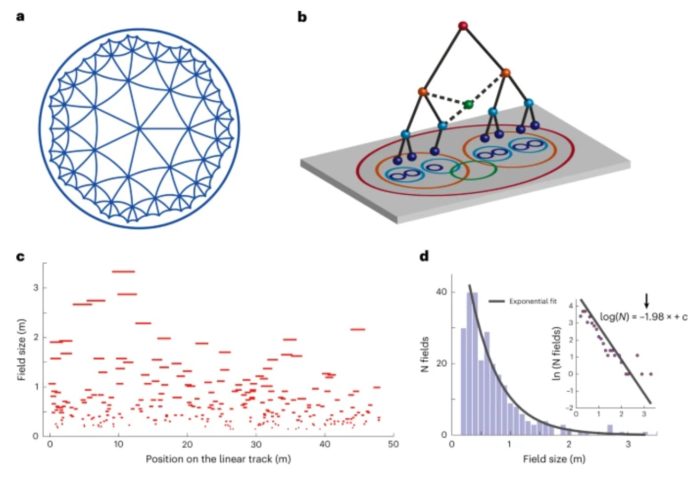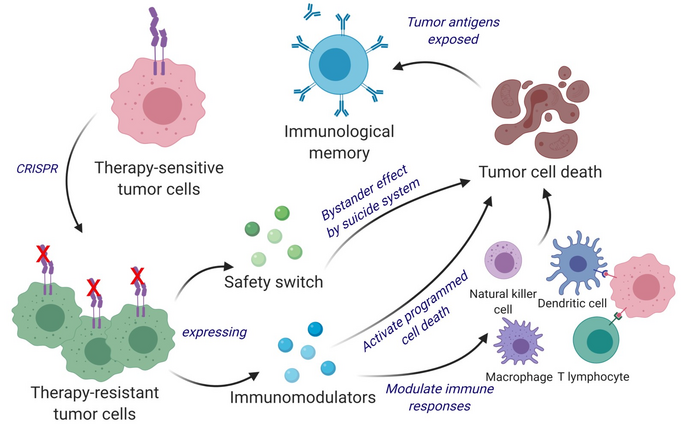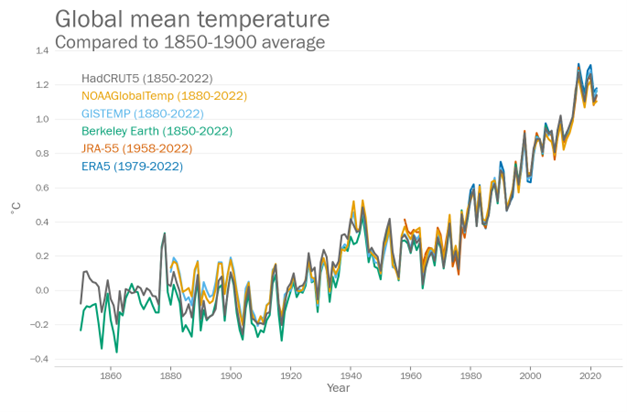Jan
10
2023
 As a science communicator with a skeptical brand, I often have to walk a fine line. New scientific and technological developments can be amazing, but they are often surrounded by hype. I want to encourage enthusiasm for science, and I want to share the amazement and joy I experience following the latest discoveries. But it is very important to separate hype from reality, to temper our enthusiasm with realism, and to not get ahead of the science. It can be a very narrowly calibrated sweet-spot, one I have to consciously pay attention to.
As a science communicator with a skeptical brand, I often have to walk a fine line. New scientific and technological developments can be amazing, but they are often surrounded by hype. I want to encourage enthusiasm for science, and I want to share the amazement and joy I experience following the latest discoveries. But it is very important to separate hype from reality, to temper our enthusiasm with realism, and to not get ahead of the science. It can be a very narrowly calibrated sweet-spot, one I have to consciously pay attention to.
I have found it particularly challenging to hit this sweet spot with artificial intelligence (AI), especially recently. The past few years in particular have seen some amazing advances in AI applications, and in 2022, applications like DALLE-2, Midjourney, and ChatGPT showcased the power and disruptive potential of AI to the public. It’s hard to oversell how powerful these narrow AI applications can be, but at the same time it is easy to overhype them in other ways. I think it often comes down to this – people generally (even experts, historically) underestimate the potential of narrow AI (AI applications that have a specific function and are not conscious or have general intelligence). At the same time they tend to overestimate how soon we will see general AI, or they extrapolate linearly current AI advances into the future.
For example, with applications like Midjourney and ChatGPT, how far will applications like these go with extrapolations of current technology? They certainly will be better in 5 and 10 years, but will they transform into something truly creative? And does that even matter? Will these applications run into limits, or will they advance to be indistinguishable from human creators?
Meanwhile, programmers continue to show off the power and potential of current narrow AI technology, fueled by massive data sets and ever more powerful computers. Perhaps the most transformational applications are those running in the background of public consciousness, working to accelerate research and technological development. One area where AI is becoming particularly powerful is drug development.
Continue Reading »
Jan
09
2023
 The original Avatar movie came out in 2009, 13 years ago. Its budget was 240 million and it grossed nearly 3 billion dollars. So of course there was going to be a sequel. It’s just surprising that it took 13 years.
The original Avatar movie came out in 2009, 13 years ago. Its budget was 240 million and it grossed nearly 3 billion dollars. So of course there was going to be a sequel. It’s just surprising that it took 13 years.
Also a little surprising, and disappointing, is how poorly written Avatar: The Way of the Water was. The movie was visually stunning, as expected, and some aspects of watching the movie were enjoyable. Most of the future technology was also pretty good. I loved the spaceships the humans used to get to Pandora, the robots and exoskeletons were also impressive. The cloning technology was an obvious follow up to the Avatar technology of the first movie, and also a clever plot device, allowing the return of previously killed antagonists.
But the writing was just horrific. It’s not as if Cameron did not have 13 years to hire the best writers and tweak the hell out of the script. It’s not as if he did not have a virtually unlimited budget given the profitability of the franchise. I have two major hypotheses as to why the writing was so bad, and they are not mutually exclusive.
The first is simply a lack of imagination. We are living, in many ways, during the golden age of television and cinema, and not just because of big budgets and advanced technology. We have lots of choices, and some of those choices are stellar. There are plenty of examples of excellent writing, and they have set the bar extremely high. I definitely think this has lowered my tolerance for mediocre writing. Formulaic scripts, predictable plots, and sluggish pacing are just not acceptable anymore. The art of great storytelling has evolved to a high level, and to some extent the industry is now a victim of its own success.
Continue Reading »
Jan
06
2023
 The mammalian brain is an amazing information processor. Millions of years of evolutionary tinkering has produced network structures that are fast, efficient, and capable of extreme complexity. Neuroscientists are trying to understand that structure as much as possible, which is understandably complicated. But progress is steady.
The mammalian brain is an amazing information processor. Millions of years of evolutionary tinkering has produced network structures that are fast, efficient, and capable of extreme complexity. Neuroscientists are trying to understand that structure as much as possible, which is understandably complicated. But progress is steady.
A recent study illustrates how complex this research can get. The researchers were looking at the geometry of neuron activation in the part of the brain that remembers spatial information – the CA1 region of the hippocampus. This is the part of the brain that has place neurons – those that are activated by being in a specific location. They wanted to know how networks of overlapping place neurons grow as rats explore their environment. What they found was not surprising given prior research, but is extremely interesting.
Psychologically we tend to have a linear bias in how we think of information. This extends to distances as well. It seems that we don’t deal easily (at least not intuitively) with geometric or logarithmic scales. But often information is geometric. When it comes to the brain, information and physical space are related because neural information is stored in the physical connection of neurons to each other. This allows neuroscientists to look at how brain networks “map” physically to their function.
In the present study the neuroscientists looked at the activity in place neurons as rats explored their environment. They found that rats had to spend a minimum amount of time in a location before a place neuron would become “assigned” to that location (become activated by that location). As rats spent more time in a location, gathering more information, the number of place neurons increased. However, this increase was not linear, it was hyperbolic. Hyperbolic refers to negatively curved space, like an hourglass with the starting point at the center.
Continue Reading »
Jan
05
2023
 We are living in the future, at least the future I imagined 30 years ago when I was beginning my medical career. At the time I learned about a lot of new technologies that were only in the proof-of-concept or research phase, but there was a lot of enthusiasm about their potential. As often happens, translating those technologies into therapeutics took longer than we hoped, but now that they are hitting they are more powerful than we dreamed.
We are living in the future, at least the future I imagined 30 years ago when I was beginning my medical career. At the time I learned about a lot of new technologies that were only in the proof-of-concept or research phase, but there was a lot of enthusiasm about their potential. As often happens, translating those technologies into therapeutics took longer than we hoped, but now that they are hitting they are more powerful than we dreamed.
We now live in a world where there are monoclonal antibody therapeutics for many diseases, changing almost every field of medicine. We are starting to do real gene therapy to cure or mitigate genetic diseases. We have harnessed immune cells in order to target them against cancers. We are also at the beginning of hacking the brain with electrical and magnetic interventions to treat pain, seizures, movement disorders, and other conditions. These are all powerful approaches that are transforming medicine. They are not just incremental advances, such as developing a new drug, but entirely new methods of treatment that open up new possibilities.
I now read news items on a regular basis about such new treatments. One that caught my eye recently was just published in Science: Translational Medicine – Bifunctional cancer cell–based vaccine concomitantly drives direct tumor killing and antitumor immunity. This is a study in mice, so there are years of research before this approach hits the clinic, but it shows the potential of our existing technology.
Continue Reading »
Jan
03
2023
 Happy New Year to all my readers.
Happy New Year to all my readers.
Early in each new year I like to see what the preliminary reports are for the climate over the past year. Final number crunching won’t be available for months, and it may take more than a year for the final tweaks to be reported and reviewed. But we do have a preliminary estimate of the temperature over the last year. The World Meteorological Organization reports:
The global average temperature in 2022 is estimated to be about 1.15 [1.02 to 1.28] °C above the 1850-1900 average. 2015 to 2022 are likely to be the eight warmest years on record. La Niña conditions have dominated since late 2020 and are expected to continue until the end of 2022. Continuing La Niña has kept global temperatures relatively «low» for the past two years – albeit higher than the last significant La Niña in 2011.
It looks like 2022 will be the fourth hottest year on record globally. Some specific locations had their warmest year, such as the UK and Spain (and perhaps most of Europe). As the WMO points out, we are in the middle of a La Niña cycle, which brings cooler temperatures globally. That is a short term fluctuation on the longer term trend. This also means that as we shift into an El Niño cycle we are likely to break new records.
I feel compelled to point all this out (as I am sure many scientists and science communicator will) because it is a critically important piece of information. But I also want to put it into a broader long term context. I have been engaged in skeptical activism now for 27 years, and followed many skeptical topics for longer than that. There is one extremely important pattern that emerges when you cover a topic for a long time – scientifically valid concepts tend to not only accumulate evidence but the evidence gets better and builds on itself. Meanwhile, pseudosciences do not display this pattern. They tend to go around in circles with low quality evidence. You can see this pattern across multiple disciplines.
Continue Reading »
 As a science communicator with a skeptical brand, I often have to walk a fine line. New scientific and technological developments can be amazing, but they are often surrounded by hype. I want to encourage enthusiasm for science, and I want to share the amazement and joy I experience following the latest discoveries. But it is very important to separate hype from reality, to temper our enthusiasm with realism, and to not get ahead of the science. It can be a very narrowly calibrated sweet-spot, one I have to consciously pay attention to.
As a science communicator with a skeptical brand, I often have to walk a fine line. New scientific and technological developments can be amazing, but they are often surrounded by hype. I want to encourage enthusiasm for science, and I want to share the amazement and joy I experience following the latest discoveries. But it is very important to separate hype from reality, to temper our enthusiasm with realism, and to not get ahead of the science. It can be a very narrowly calibrated sweet-spot, one I have to consciously pay attention to.
 The mammalian brain is an amazing information processor. Millions of years of evolutionary tinkering has produced network structures that are fast, efficient, and capable of extreme complexity. Neuroscientists are trying to understand that structure as much as possible, which is understandably complicated. But progress is steady.
The mammalian brain is an amazing information processor. Millions of years of evolutionary tinkering has produced network structures that are fast, efficient, and capable of extreme complexity. Neuroscientists are trying to understand that structure as much as possible, which is understandably complicated. But progress is steady. We are living in the future, at least the future I imagined 30 years ago when I was beginning my medical career. At the time I learned about a lot of new technologies that were only in the proof-of-concept or research phase, but there was a lot of enthusiasm about their potential. As often happens, translating those technologies into therapeutics took longer than we hoped, but now that they are hitting they are more powerful than we dreamed.
We are living in the future, at least the future I imagined 30 years ago when I was beginning my medical career. At the time I learned about a lot of new technologies that were only in the proof-of-concept or research phase, but there was a lot of enthusiasm about their potential. As often happens, translating those technologies into therapeutics took longer than we hoped, but now that they are hitting they are more powerful than we dreamed. Happy New Year to all my readers.
Happy New Year to all my readers.




